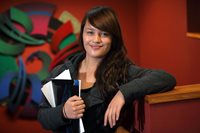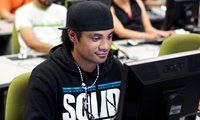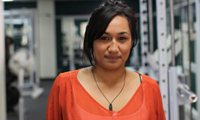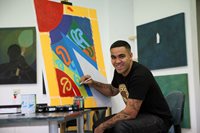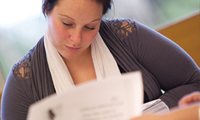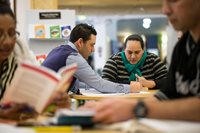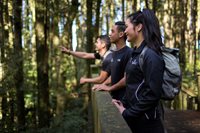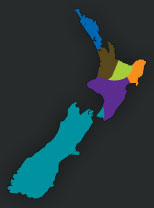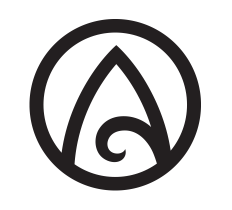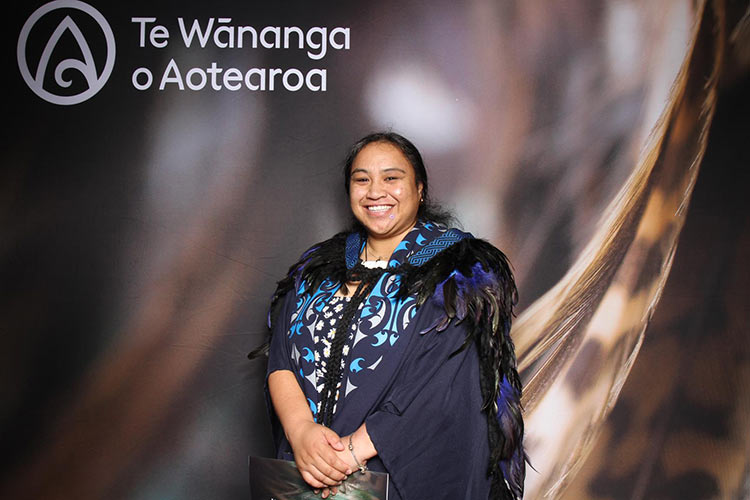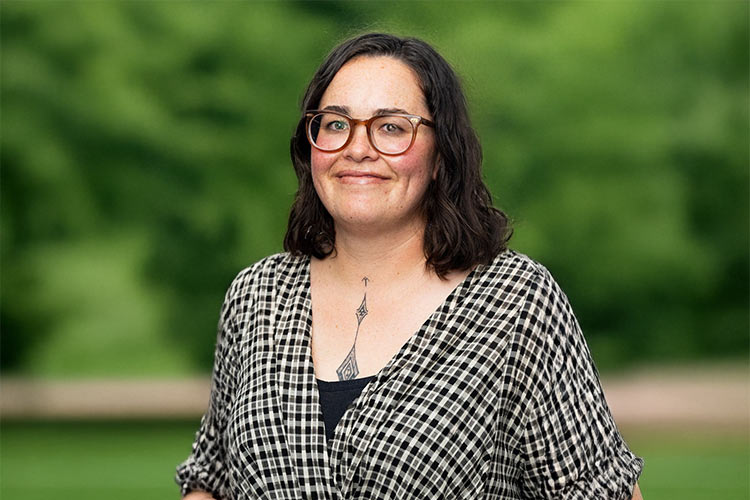As a young girl, Toni Herangi and her whānau would do the mahi at Turangawaewae marae making sure the complex was tidy and presentable for the masses who frequent the Waikato Tainui centrepiece.
“We’d do the mahi like mowing the lawns, cleaning the toilets, just mahi around the marae to make it look pretty,” she says.
On one particular day during a tidy up outside the ancestral meeting house, Mahinārangi, she asked her father about the intricate panels that adorn the whare.
“I looked at all of these kōwhaiwhai panels and asked my father what they were all about and he told me ‘that’s your whakapapa’ (ancestry).”
“He said the kōwhaiwhai tell all of the stories of our people and they’re represented in all of the patterns within. I was amazed and I think that was my spark, my `a-ha’ moment, where it all started.”
From that spark and a life growing up immersed in the ways of her tupuna on the banks of the Waikato River at Akaaka with her grandparents, has come a more than 20-year career as a practising and teaching artist.
And much like her father taught her, Toni uses kōwhaiwhai as a lens for her tauira (students) to see te ao Māori on the Toi Maruata (the certificate in Māori and Indigenous Art) that she teaches.
On the 20-week Toi Maruata programme, tauira learn a broad range of toi techniques and skills through completing practical projects like kōwhaiwhai and raranga (weaving).
They also learn about te ao Māori and how this connects to their identity.
“I love the toi Māori (Māori art) that our tupuna left behind and I utilise kōwhaiwhai to teach tauira about whakapapa,” says Toni (Ngāti Mahuta, Raukawa ki Pikiao, Ngāi Te Ata).
“Kōwhaiwhai is a visual representation of whakapapa, it also reinforces mātauranga Māori (Māori knowledge) and cultural identity.”
“We also use whakataukī to reinforce meaning within kōwhaiwhai.”
Toni comes from a long line of weavers on her father’s side. Perhaps it’s no surprise that her raranga (weaving) practice is woven into the way she teaches her passion of kōwhaiwhai.
“I have always been into the arts right from when I was young. On my dad’s side my grandparents were all weavers and known around the Waikato so I come from a long line of weavers.”
“For me when I weave I work in layers and the way I see kōwhaiwhai it’s a visual representation of whakapapa – the different layers all woven together, it’s a beautiful thing.”
“When I weave I paint, and when I paint I weave.”
Find out more about our Toi Māori and Indigenous Arts programmes.



